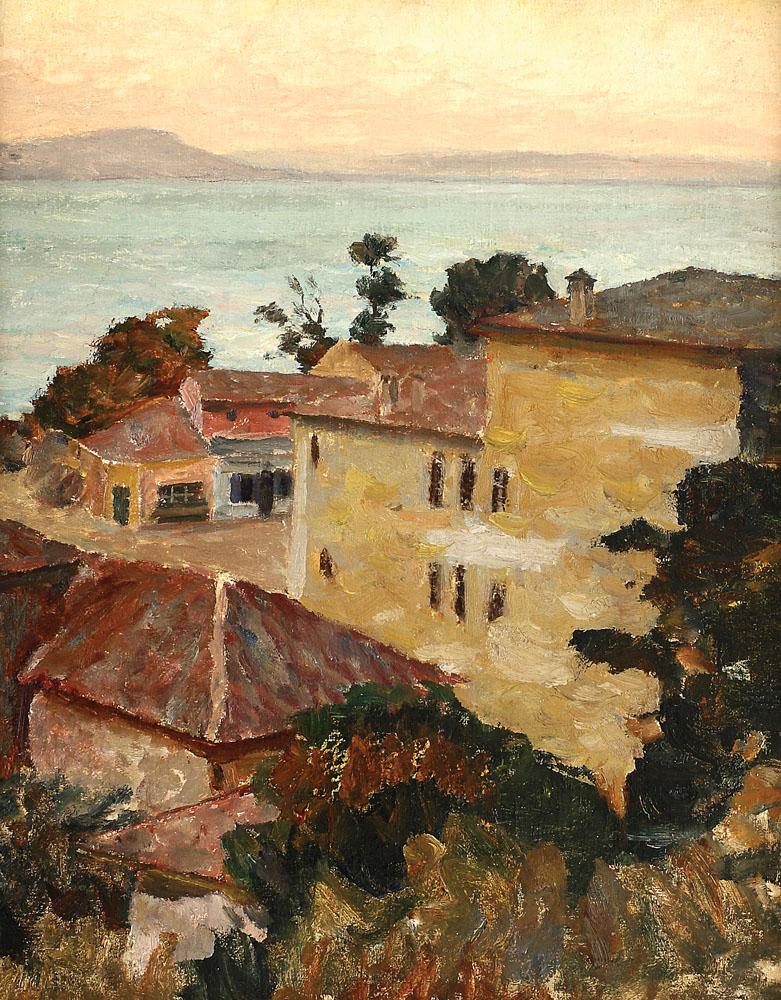Balchik School

Balchik School
The Balchik School refers to a distinctive movement in Romanian painting, particularly prevalent in the first half of the 20th century. This artistic movement emerged in Balchik, a town on the Bulgarian Black Sea coast, which was part of Romania following the Second Balkan War in 1913 until 1940. The town's unique ambiance, characterized by its special light, white houses, colorful locals, and vibrant yet laid-back atmosphere, drew numerous Romanian artists. They were particularly attracted to its exotic charm, contrasting with the more familiar Romanian Black Sea coast.
Among the notable artists associated with the Balchik School were Alexandru Satmari, who first discovered Balchik's potential in 1915, Nicolae Tonitza, Gheorghe Pătrașcu, Jean Alexandru Steriadi, Theodor Pallady, Camil Ressu, Francisc Șirato, Cecilia Cuţescu-Storck, and Iosif Iser. These artists, along with others, were captivated by Balchik's Mediterranean-like wild shores and the town's distinct character, often reflecting these elements in their artworks.
The Balchik School artists commonly depicted themes such as narrow streets, the sea with its fishermen, portraits of children or voluptuous women, bright interiors, and sleepy cafes. Their work is noted for its post-impressionist style and is compared in significance to the Barbizon School in France and the Worpswede School in Germany. Art historians agree that nearly every Romanian painter of that era visited Balchik at some point, with between 100 and 150 artists flocking to the town each summer.
The legacy of the Balchik School extends beyond painting, influencing writers and poets who often spent summers there. The town is also known for its connections to Queen Marie of Romania, who had her favorite summer residence there, and the Balchik Palace and its adjoining botanical garden remain popular tourist attractions.
Today, Balchik continues to celebrate its artistic heritage. The local art gallery, housed in a beautifully renovated building that was once a gymnasium, features a permanent exhibition of contemporary Bulgarian art, including works by Romanian artists who painted during the town's Romanian period. Additionally, the gallery holds various temporary exhibitions and showcases foreign art, making it a significant cultural destination in Balchik.
The Balchik School's influence on Romanian art is undeniable, offering a unique blend of Romanian artistic vision with the captivating scenery of the Bulgarian Black Sea coast.
To stay informed about the latest sales, exclusive auctions, and special events featuring works from this remarkable era of artistic expression, we invite you to sign up for our updates. Join a community of discerning collectors and art connoisseurs and never miss an opportunity to add a piece of this cultural legacy to your collection.
| Country: | Romania |
|---|---|
| Start of the period: | 1915 |
| End of the period: | 1940 |